Measuring Tools in Hardware: Essential Instruments for Precision
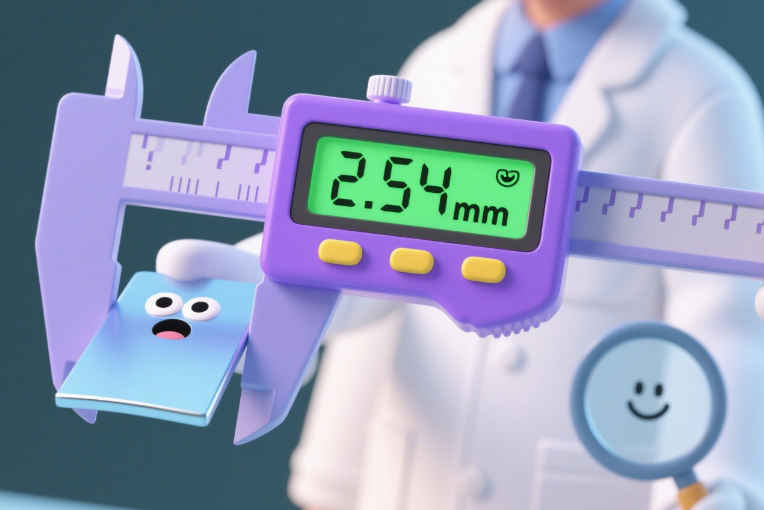
In the world of metalworking, manufacturing, and engineering, precision is paramount. Measuring tools, or gauges, are the unsung heroes that ensure components meet exact specifications, fit perfectly, and function reliably. From simple rulers to high-precision digital devices, these tools span a wide range of types, each designed for specific tasks. This blog explores key measuring tools, their specifications, usage, and real-world applications.
1. Calipers: Versatile Dimension Measurers
Calipers are indispensable for measuring the distance between two opposite sides of an object, making them ideal for dimensions like diameter, thickness, and length.
Vernier Calipers
A classic mechanical tool with a main scale and a sliding vernier scale for fine adjustments.
- Specifications: Typically measure from 0–150mm, 0–200mm, or 0–300mm, with a precision of 0.02mm.
- Usage: The jaws are adjusted to fit around or inside the object. The main scale gives a rough measurement, while the vernier scale refines it for greater accuracy.
- Applications: Measuring the diameter of a bolt, the thickness of a metal sheet, or the inner diameter of a pipe.
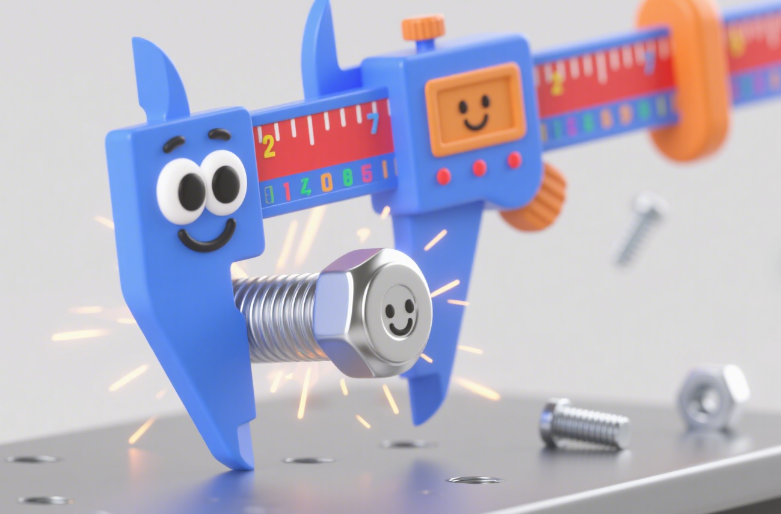
Digital Calipers
Modern versions with electronic displays for instant, easy-to-read measurements.
- Specifications: Similar ranges to vernier calipers (up to 300mm) but with precision down to 0.01mm. Many also feature metric/imperial conversion.
- Usage: Operated like vernier calipers but with a digital screen showing the measurement. Some models have data output for computer logging.
- Applications: High-precision tasks in aerospace, medical device manufacturing, or any field where exact dimensions are critical.

2. Micrometers: Ultra-Precise Thickness Gauges
Micrometers excel at measuring very small dimensions, especially thickness and diameter, with extreme precision.
Outside Micrometers
Used for external measurements (e.g., the diameter of a shaft).
- Specifications: Standard ranges are 0–25mm, 25–50mm, etc., with precision as fine as 0.001mm.
- Usage: The object is placed between the anvil (fixed end) and spindle (movable end). The thimble is rotated to adjust the spindle until it touches the object, and the measurement is read from the main scale and thimble markings.
- Applications: Measuring the thickness of a precision bearing, the diameter of a fine wire, or the thickness of a sheet of metal foil.
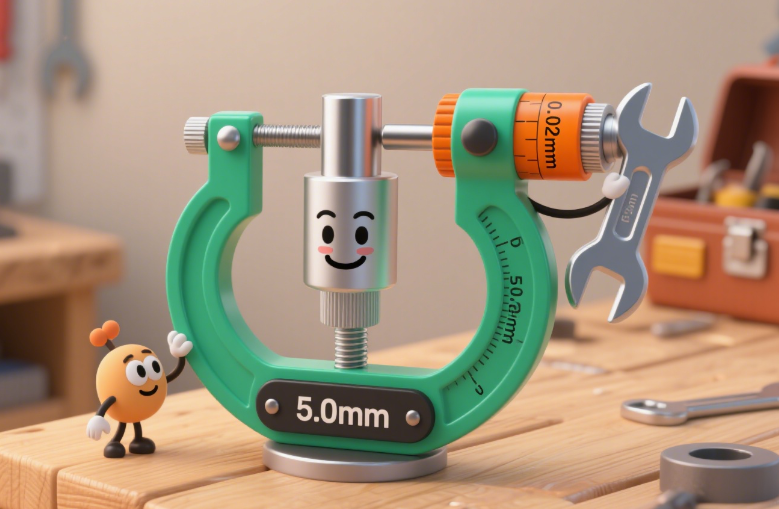
Inside Micrometers
Designed for internal measurements (e.g., the diameter of a hole).
- Specifications: Ranges vary, often with extension rods for deeper holes, and precision similar to outside micrometers.
- Usage: The measuring jaws are inserted into the hole and expanded until they touch the inner surface. The measurement is read similarly to outside micrometers.
- Applications: Checking the diameter of a cylinder bore in an engine block or the inner diameter of a precision machined tube.
3. Dial Indicators: Deviation Detectors
Dial indicators measure small linear displacements, making them perfect for checking runout, flatness, and alignment.
- Specifications: Typically have a measuring range of 0–10mm and a precision of 0.01mm. High-precision models can measure down to 0.001mm.
- Usage: Mounted on a stand or magnetic base, the indicator’s plunger touches the workpiece. As the workpiece moves or rotates, the dial needle fluctuates, showing deviations from a reference point.
- Applications: Checking if a shaft is bent (runout), ensuring a surface is flat, or aligning machine components.
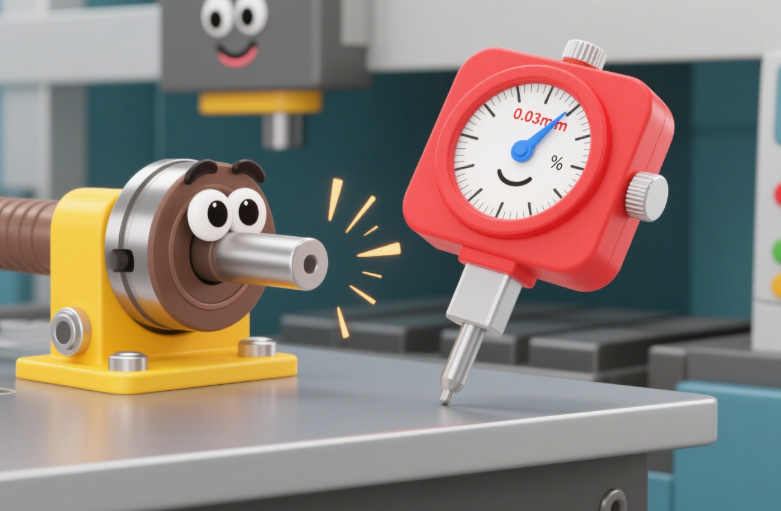
4. Height Gauges: Vertical Dimension Masters
Height gauges measure the height of objects or mark lines at specific heights for machining.
- Specifications: Range from small bench-top models (0–100mm) to large floor-standing ones (up to 1000mm+), with precision down to 0.01mm.
- Usage: The gauge is placed on a flat surface (like a surface plate). The scriber or measuring jaw is adjusted vertically to measure the height of a part or mark a line at a precise height for cutting or drilling.
- Applications: Marking holes for drilling on a metal plate, measuring the height of a machined step, or ensuring components are aligned vertically.
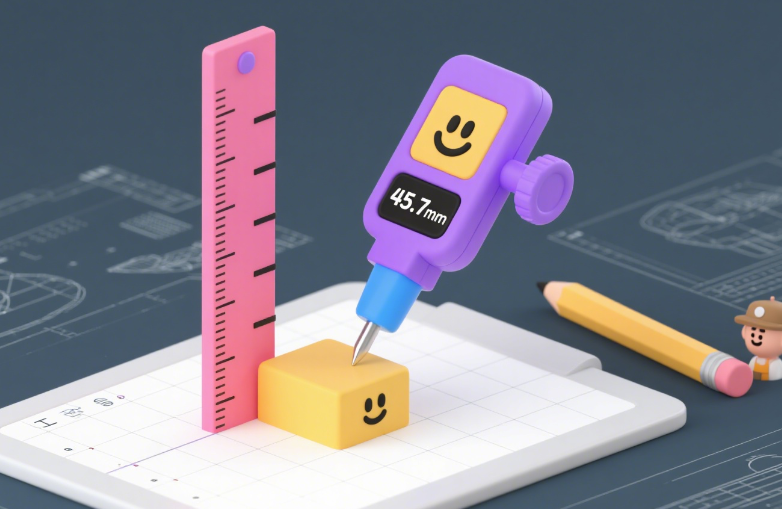
5. Protractors: Angular Measurement Tools
Protractors measure angles, essential for tasks like miter cuts or checking angular features.
Bevel Protractors
Mechanical tools for measuring angles between two surfaces.
- Specifications: Can measure angles from 0–360°, with precision up to 5 minutes (1/12 of a degree).
- Usage: The base is placed on one surface, and the blade is adjusted to fit the other surface. The angle is read from the scale.
- Applications: Checking the angle of a machined wedge, setting up a miter saw for a precise cut, or verifying the angle of a drill bit.
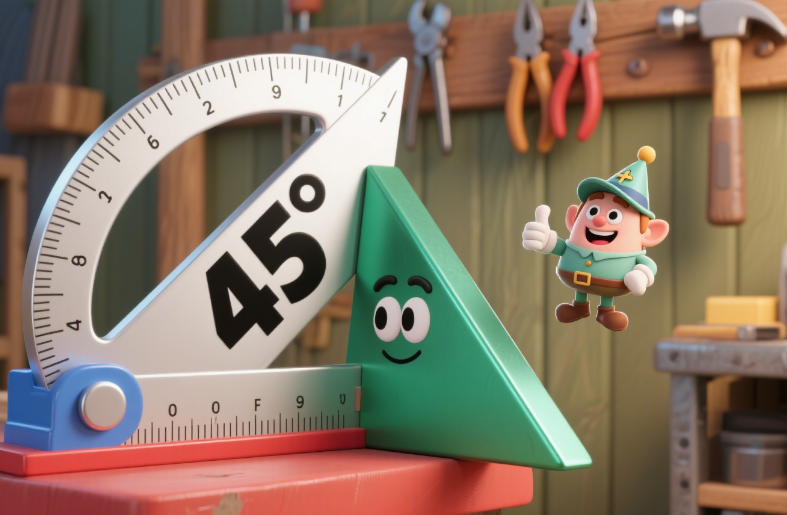
Digital Protractors
Electronic protractors with digital displays for quick, accurate angle readings.
- Specifications: Measure 0–360° with precision down to 0.1°. Many feature magnetic bases for easy attachment to metal surfaces.
- Usage: Placed on the surfaces forming the angle, the digital display instantly shows the angle measurement.
- Applications: Aligning CNC machine axes, setting up welding angles, or measuring angles in complex assemblies.
Choosing the Right Measuring Tool
The key to accurate measurement is selecting the right tool for the job:
- Use calipers for general dimension checks (length, diameter, thickness).
- Opt for micrometers when ultra-precise thickness/diameter measurements are needed.
- Rely on dial indicators for runout, flatness, and alignment checks.
- Choose height gauges for vertical dimensioning and marking.
- Use protractors for angular measurements.
By mastering these tools and their applications, machinists, engineers, and manufacturers ensure that every component meets the strictest standards of precision and quality.




